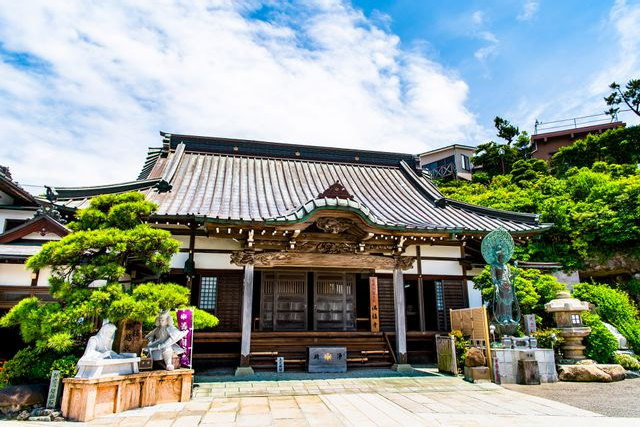Manpuku-ji Temple
menuMenu
Manpuku-ji Temple is a Soto Zen Buddhist temple traditionally said to have been established by Keizan Jokin, a high priest of the Kamakura period. It features a magnificent ginkgo tree approximately 300 years old, and boasts beautiful autumn foliage.

Highlights
- Soto Zen Buddhist temple established by the Kamakura period high priest Keizan Jokin
- A giant ginkgo tree, approximately 300 years old, as its symbol
- Beautiful autumn foliage
- A valuable part of Ayase City's history and culture
- Cherished by local residents
Basic Information
- Address
- 1095 Fukaya, Ayase, Kanagawa Prefecture Search for tourist attractions in Kanagawa
- Access
- 10-minute bus ride or 20-minute walk from Ayase Station on the Odakyu Odawara Line Show route
- Op.Hours
- 9:00 AM to 4:00 PM
- Cld.Days
- No holidays
- Fee
- Admission Fee: 300 yen for adults, 100 yen for elementary and junior high school students
